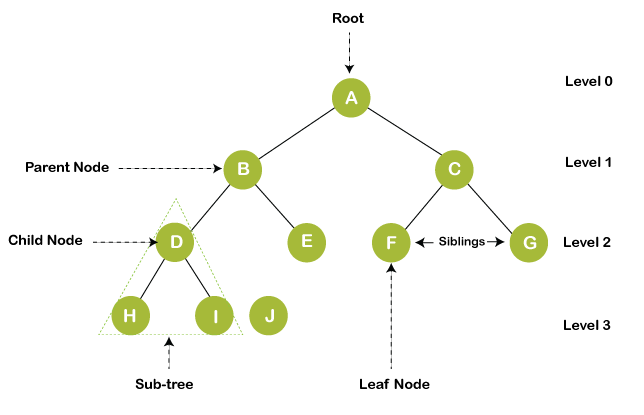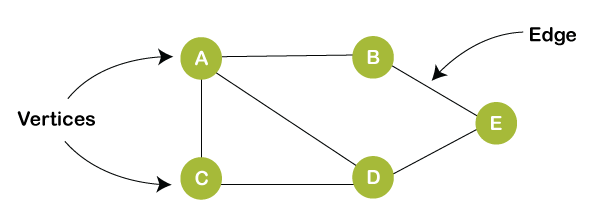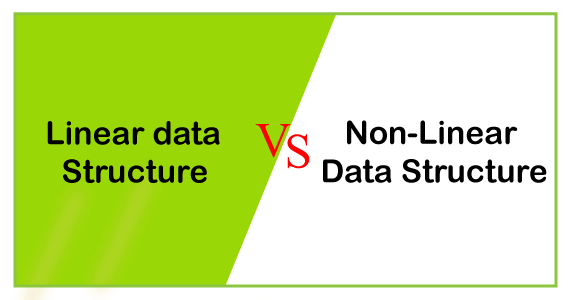Linear vs Non-Linear data structureWhat is Data structure?A data structure is a technique of storing and organizing the data in such a way that the data can be utilized in an efficient manner. In computer science, a data structure is designed in such a way that it can work with various algorithms. A data structure is classified into two categories:
Now let's have a brief look at both these data structures. What is the Linear data structure?A linear data structure is a structure in which the elements are stored sequentially, and the elements are connected to the previous and the next element. As the elements are stored sequentially, so they can be traversed or accessed in a single run. The implementation of linear data structures is easier as the elements are sequentially organized in memory. The data elements in an array are traversed one after another and can access only one element at a time. The types of linear data structures are Array, Queue, Stack, Linked List. Let's discuss each linear data structure in detail.
What is a Non-linear data structure?A non-linear data structure is also another type of data structure in which the data elements are not arranged in a contiguous manner. As the arrangement is nonsequential, so the data elements cannot be traversed or accessed in a single run. In the case of linear data structure, element is connected to two elements (previous and the next element), whereas, in the non-linear data structure, an element can be connected to more than two elements. Trees and Graphs are the types of non-linear data structure. Let's discuss both the data structures in detail.
It is a non-linear data structure that consists of various linked nodes. It has a hierarchical tree structure that forms a parent-child relationship. The diagrammatic representation of a tree data structure is shown below: 
For example, the posts of employees are arranged in a tree data structure like managers, officers, clerk. In the above figure, A represents a manager, B and C represent the officers, and other nodes represent the clerks.
A graph is a non-linear data structure that has a finite number of vertices and edges, and these edges are used to connect the vertices. The vertices are used to store the data elements, while the edges represent the relationship between the vertices. A graph is used in various real-world problems like telephone networks, circuit networks, social networks like LinkedIn, Facebook. In the case of facebook, a single user can be considered as a node, and the connection of a user with others is known as edges. 
Differences between the Linear data structure and non-linear data structure.
Next TopicArray vs Linked List
|
 For Videos Join Our Youtube Channel: Join Now
For Videos Join Our Youtube Channel: Join Now
Feedback
- Send your Feedback to [email protected]
Help Others, Please Share










